Why changing your lighting can have a massive impact
One of the easiest and most cost-effective ways to improve a factory is to replace old lighting. It might not sound like a big deal, but changing your lighting can have a huge impact on everything from energy efficiency to productivity.
Planned legislation will see fluorescent tubes completely removed from the market with other solutions following soon after. If you’re still using this outdated tech, you’ll have to upgrade eventually, so why not do it sooner rather than later?
Reduce energy use
LEDs use up to 90% less energy than incandescent lighting and 60% less than fluorescent lighting.
Plus, a traditional bulb turns up to 90% of the energy it consumes into heat. That means that if you’re trying to keep temperatures low, your air conditioning will have to work harder than necessary to counter all that extra heat. LEDs, on the other hand, produce barely any heat at all.
Save money
By reducing your energy use, you reduce your energy costs. In fact, research from EON showed a switch to LED can reduce electric bills by as much as 90%. But it’s not just energy bills where you’ll see a saving.
LED lamps last for much longer than older lighting systems which means less money spent swapping old for new.
For context, a high-quality LED lamp provides up to 50,000 hours of light – which means it can last for up to ten years. In comparison, incandescent or halogen bulbs will give you around 1000 to 2000 hours of light.
Reduce your carbon footprint
Because LEDs use less energy and produce less heat, you reduce your energy use which is better for the environment. But a new lighting system can help you reduce energy waste in other ways too.
Lighting controls such as timers, dimmers and motion sensors increase energy efficiency further meaning even lower carbon emissions.
And because LEDs last longer than other bulbs, fewer bulbs go to landfill. Plus, LEDs don’t contain harmful chemicals like some bulbs do so they are better for the environment.
Improve visibility, product quality, and productivity
Poor or inadequate lighting is one of the most overlooked risks to staff wellbeing. A poorly lit area increases the chances of slips, trips or falls. It's also dangerous for any employee to operate machinery or equipment where lighting is an issue.
And the risk of accident and injury isn't the only health risk. Poor lighting can result in eye strain, headaches and migraines, impacting productivity and increasing sickness levels.
In factory environments, natural light is often limited, so it's worth investing in LED lighting, which closely emulates natural light and can improve productivity.
Improved lighting conditions also allow for better inspection of products, ensuring higher quality standards and reducing defects and waste.
Get more control
Smart lighting gives you more control over every aspect of your lighting. You can utilise technologies such as timers and dimmers, occupancy sensors and daylight sensors to reduce energy waste.
You can also integrate your lighting systems with other technologies, streamlining operations and maximising efficiency.
Networked lighting controls allow for centralised control of all lighting within a factory. It can also provide real-time data on energy usage, identifying areas where energy can be reduced to make even greater savings.
Is it time to upgrade your lighting?
While there might be some significant upfront expenditure, the savings in energy use alone could deliver ROI within a few years (depending on your current usage).
Even if you have LED installed already, there might still be efficiencies to be made across your building – particularly if you have extended your production facility recently.
The first step is a detailed review of all your current installations, checking their efficiency and condition, and pinpointing areas where there is wastage and opportunities for improvement.
Any new installation or upgrade will require investment, but the best way to save on installation is to plan properly and work with an electrical contractor with experience in factory installations.
If your design and installation are done properly, you won’t have to keep investing in corrective works and upgrades. It is better to pay a little more to get it done correctly than to cut corners and pay much more in the long run.
At AES, we offer a free energy reduction audit of your operations.
Don’t forget about your emergency lighting
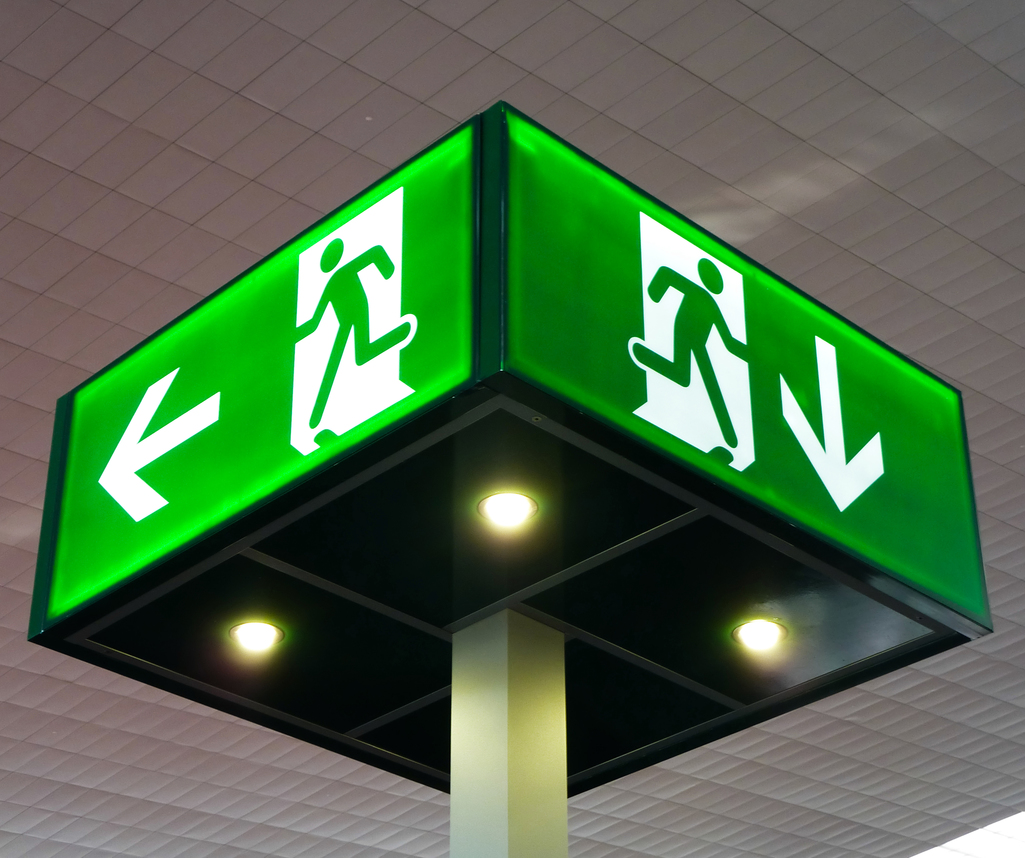
As well as upgrading your main factory and warehouse lighting, it’s worth considering an upgrade to your emergency lighting.
There are several regulations around emergency lighting, and older systems may no longer comply with newer regulations.
Failure to comply with the laws around emergency lighting can have serious consequences, including fines of hundreds of thousands of pounds, your business being forcibly closed, and in some cases, prison sentences.
As a guideline, here are some of the key things that must be considered:
Location: All exits and fire exit signs must be illuminated and exit routes clearly lit. Particular attention should be paid to stairways, obstructions and changes in direction.
Visibility: In the event of a fire, smoke can reduce the light levels. To combat this problem and prevent glare, emergency lighting should be mounted at a reasonable height and be of adequate brightness.
Power source: Emergency lighting should have an alternative power source in case your main power supply fails. The right solution for you will depend on several factors.
Timing: Emergency lighting must reach adequate brightness within five seconds of the main system failing. Your battery or generator should be able to run your emergency lighting for a minimum of three hours.
When installing emergency lighting, you should work with an electrical contractor, such as AES, who understands the regulations and can ensure complete compliance.
Work with a specialist electrical contractor
Lighting can have a huge impact on energy and maintenance costs, so it’s important to get it right.
That’s why it pays to work with a specialist electrical contractor such as AES. We are experts in designing and installing lighting solutions for manufacturers with a focus on energy efficiency. We understand how factories work and can make expert recommendations to help you get the most from your lighting.
We’re also one of only a handful of electrical contractors accredited to work in hazardous and ATEX areas, where there may be specialist requirements for your lighting.
We can also take care of planning, installing, testing and maintaining all your emergency lighting to keep you fully safe and compliant.
So if you’re planning a new factory build, an extension to your existing premises or a lighting upgrade, contact us today to arrange a consultation or book your free energy reduction audit.
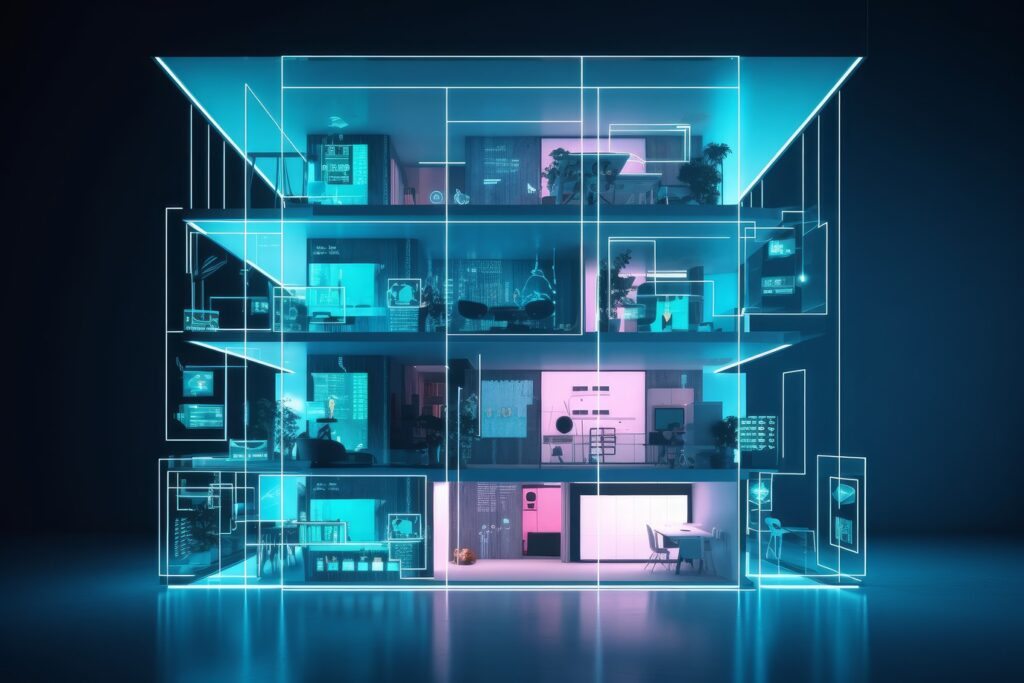
Our guide to building energy management systems
Building energy management systems (BEMS) are systems that allow you to monitor, control, and optimise the energy used within your building. The phrase building energy management system (BEMS) is often used interchangeably with the phrase building management system (BMS), but there are some differences. A BEMS is focused on energy-related systems such as lighting, heating, […]
Read more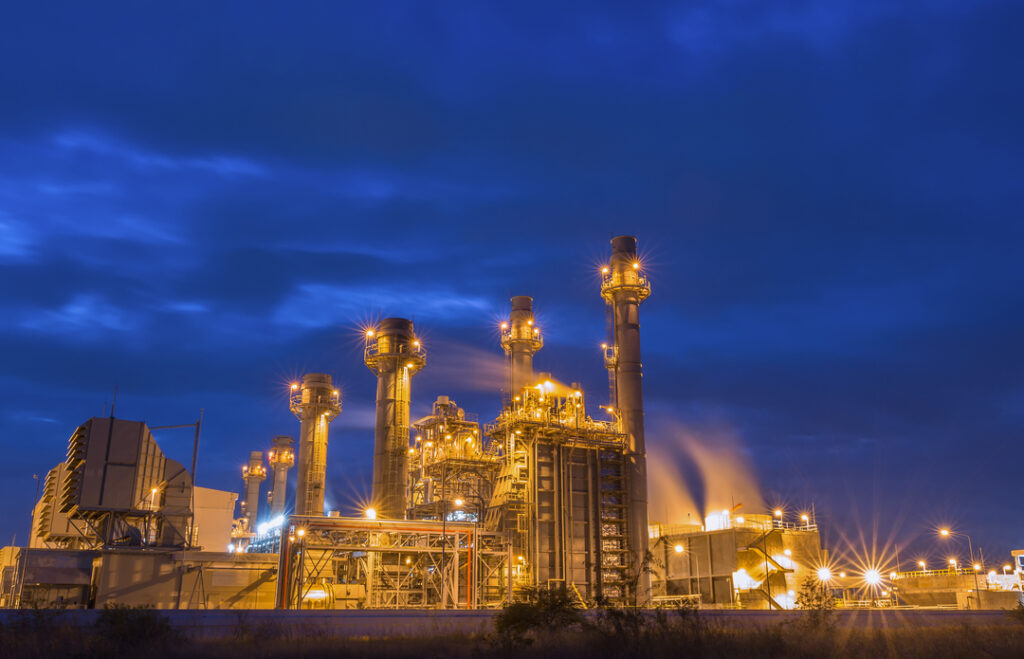
How far does power travel and what impact does distance have on performance
It’s easy to take our electricity supply for granted. We flick a switch and instantly have light or power. We don’t even think about it unless there’s an issue or an outage. But when there is an issue or outage, the impact can be significant. For manufacturers, even the smallest change in power can make […]
Read more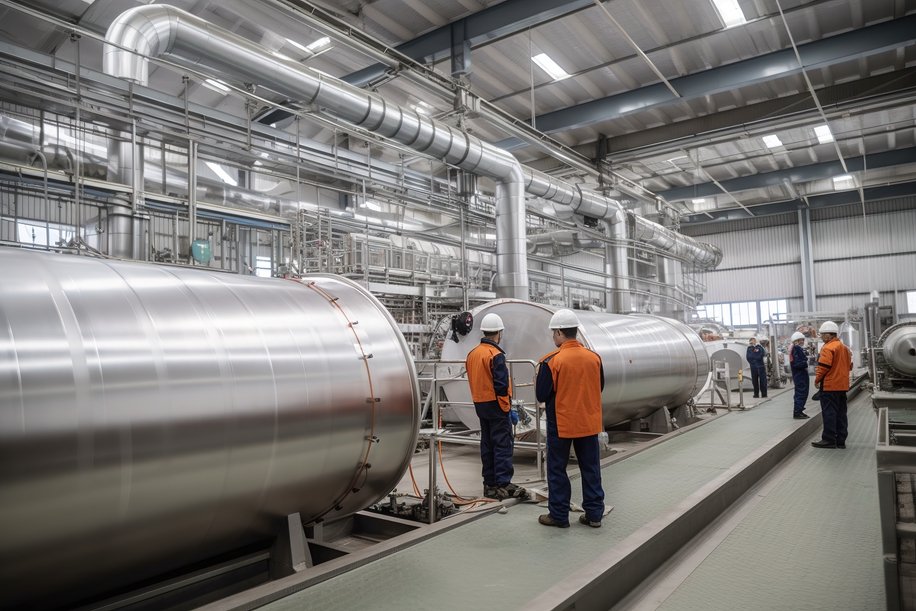
Why visibility of the production process is so important
Operational excellence, efficiency and quality are top priorities for almost every manufacturer worldwide. These things lead to improved productivity, happier customers and reduced waste – all of which result in increased profits. Visibility of the production process is the key to achieving these things. And manufacturers now have access to technology that can provide real-time […]
Read more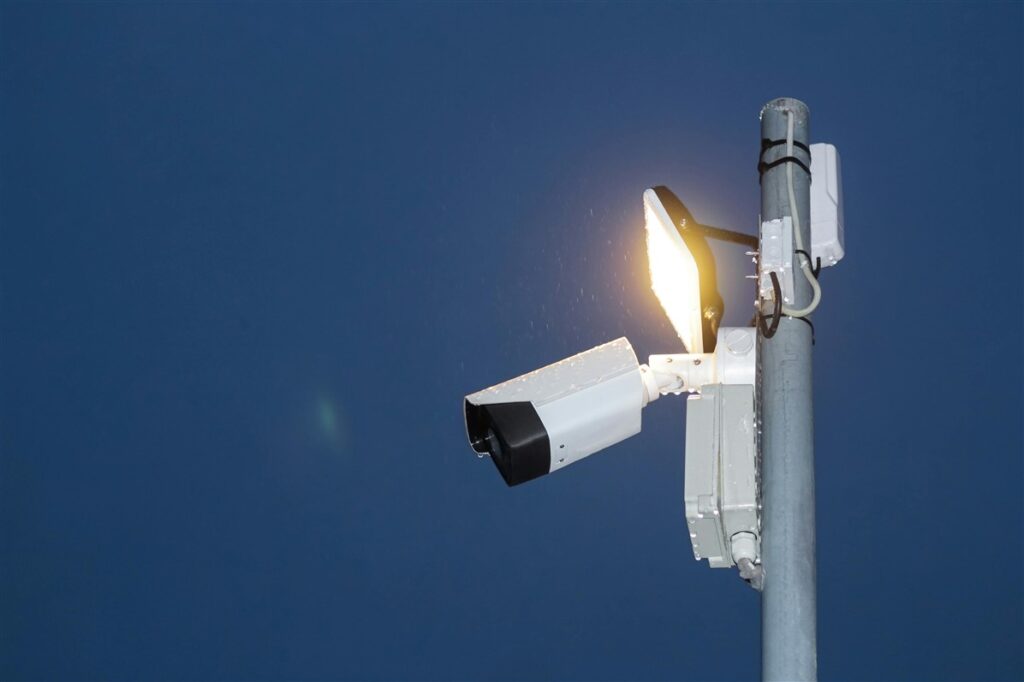
Will security lighting help to protect my staff?
Looking after the safety and well-being of employees should be a priority for any business. And while it’s not possible to mitigate every risk, there are measures you can take to improve their safety and security. One measure that is often overlooked is the installation of security lighting. When daylight disappears, visibility is reduced, increasing […]
Read more
Top 5 considerations when comparing electrical quotes
Budget is always a factor when you’re considering any type of upgrade, revamp, or maintenance work within your factory. But when it comes to electrical work, you have to consider more than just money. Don’t rush into accepting the cheapest electrical quotes without knowing exactly what you’re getting. Electrical work is not an area where […]
Read more
What is the role of companies in reducing our carbon footprint?
We should all be taking responsibility for protecting our planet and a big part of that is reducing our carbon footprint. But while it falls to all of us to do our bit, there is additional pressure on manufacturers, especially those with high carbon emissions. As an absolute minimum, these companies should ensure compliance with […]
Read more


